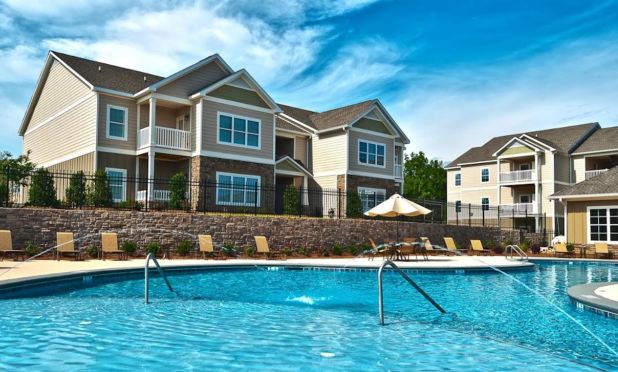
ATLANTA—Approximately 76% of renters surveyed said they believe renting is more affordable than buying a house, which is a 10% increase from a year ago. That's according to an October Freddie Mac survey.
The Freddie Mac survey also pointed out that all demographic groups from Millennials to Baby Boomers believe renting multifamily units is a more affordable housing option. These latest data points combined with a near 10-year trend of low homeownership rates are clear indicators of the growth potential in the multifamily sector.
“Many households in the US prefer the flexibility of renting and feel strongly that renting is a better fit for their financial wellbeing than owning a home,” Ed Hussey, head of Multifamily Production for Pillar Financial, a division of SunTrust Bank, tells GlobeSt.com. “However, that does not mean that there is a glut of available rental units.”
As construction costs continue to rise, he says, the number of new multifamily rental units coming onto the market today can't keep pace with the increase in households renting. At the same time, millions of people nationwide are experiencing stagnant household incomes.
According to Freddie Mac, it is increasingly harder for renters to save for a down payment on a home and to afford to rent a unit in one of the new, class A multifamily property developments that target higher-income renters. These factors have created a gap between the high-end, luxury multifamily units and very low income, rent-subsidized properties. This gap, unfortunately, is growing wider in many parts of the U.S. not just in our core cities.
“We recognize the real and growing need to fill this ever-expanding gap in the multifamily sector with quality, well maintained and upgraded properties targeted to workforce housing,” Hussey says. “We believe vintage, class B and class C multifamily housing stock across the US can be updated to meet this need, filling the gap.”

ATLANTA—Approximately 76% of renters surveyed said they believe renting is more affordable than buying a house, which is a 10% increase from a year ago. That's according to an October
The
“Many households in the US prefer the flexibility of renting and feel strongly that renting is a better fit for their financial wellbeing than owning a home,” Ed Hussey, head of Multifamily Production for Pillar Financial, a division of
As construction costs continue to rise, he says, the number of new multifamily rental units coming onto the market today can't keep pace with the increase in households renting. At the same time, millions of people nationwide are experiencing stagnant household incomes.
According to
“We recognize the real and growing need to fill this ever-expanding gap in the multifamily sector with quality, well maintained and upgraded properties targeted to workforce housing,” Hussey says. “We believe vintage, class B and class C multifamily housing stock across the US can be updated to meet this need, filling the gap.”
Want to continue reading?
Become a Free ALM Digital Reader.
Once you are an ALM Digital Member, you’ll receive:
- Breaking commercial real estate news and analysis, on-site and via our newsletters and custom alerts
- Educational webcasts, white papers, and ebooks from industry thought leaders
- Critical coverage of the property casualty insurance and financial advisory markets on our other ALM sites, PropertyCasualty360 and ThinkAdvisor
Already have an account? Sign In Now
*May exclude premium content© 2025 ALM Global, LLC, All Rights Reserved. Request academic re-use from www.copyright.com. All other uses, submit a request to [email protected]. For more information visit Asset & Logo Licensing.








